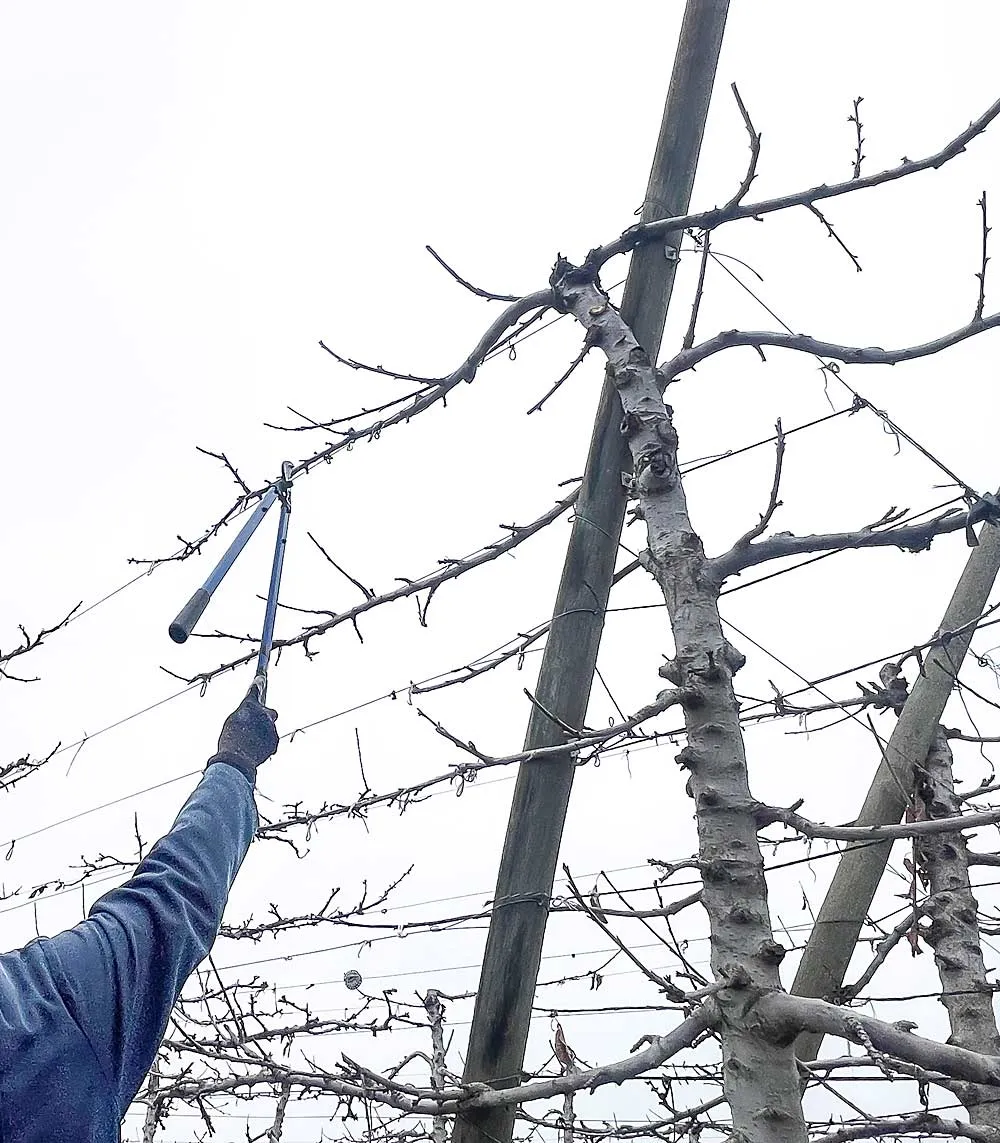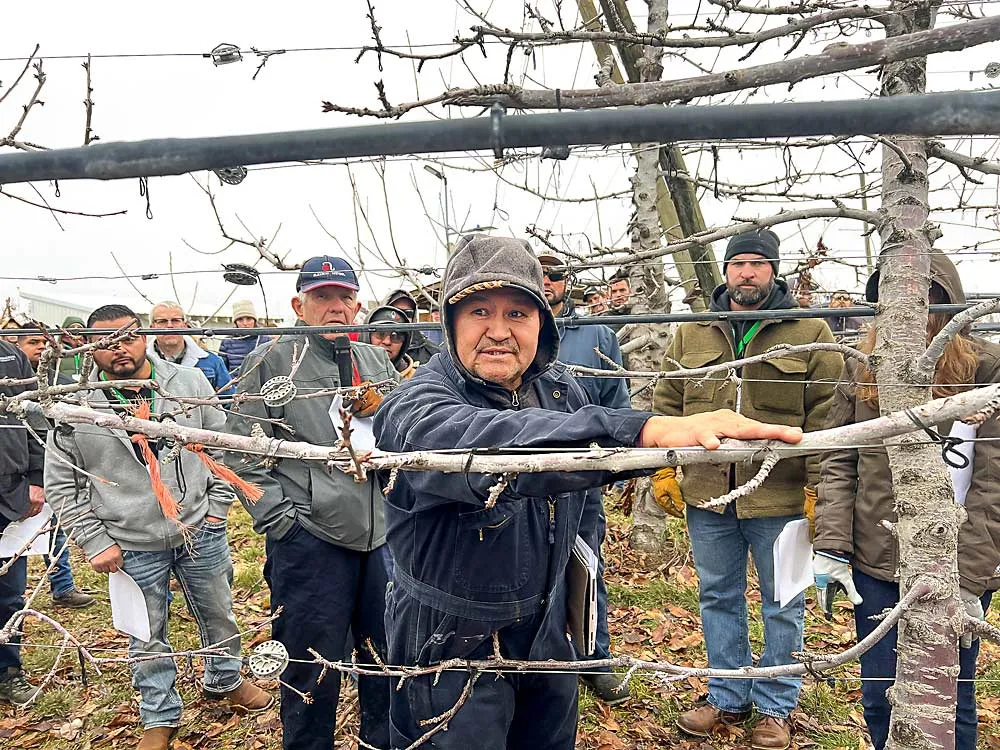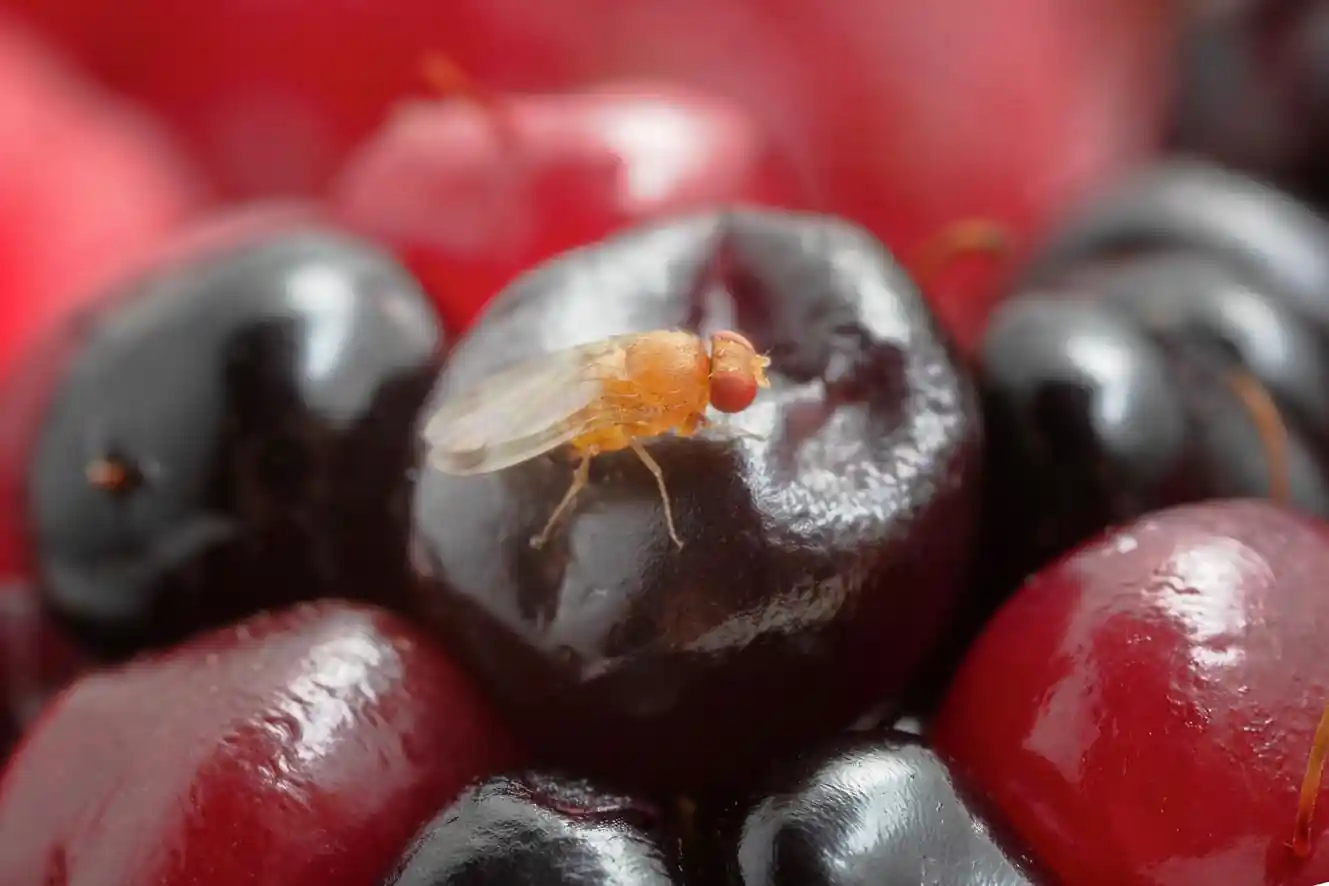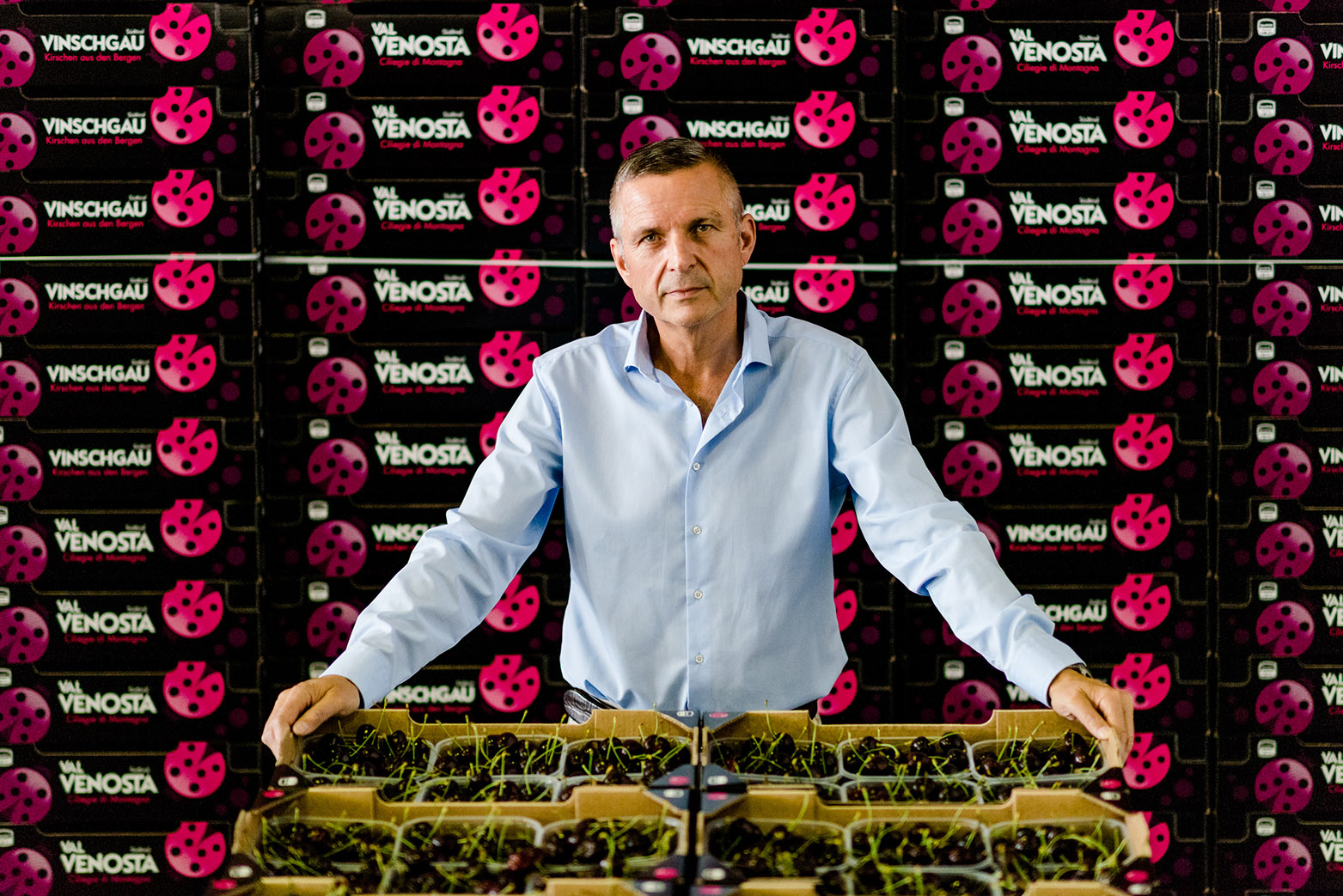Large and high-quality cherries make a block profitable, even if their production is expensive.
The training of limbs, renewal pruning, and harvesting are costly, but doing these things well helps growers earn profits, several speakers said during the cherry session at the Washington State Tree Fruit Association annual meeting held in December in Yakima.
Several cherry experts, from economists to scientists to growers, discussed the challenging balance between counting pennies and ensuring high-quality, profitable fruit.
Take renewal pruning, for example. It is tempting to leave older lateral branches that still have cherries, but younger branches produce bigger and better fruit.
At Allan Bros. Fruit in Naches, Washington, workers go out before harvest to identify the oldest and weakest limbs and then tie an adjacent one-year-old shoot replacement to the wire beside it, grower Dave Allan said. They return in the winter to remove the old limb.
After the harvest, workers also remove large, vigorous limbs that have become nonproductive, at most one limb per tree per year, to increase light exposure to the lower portion of the tree.
According to Allan, canopy management is not a one-time operation. It requires a continuous system of fruiting limb replacement and enough discipline to sustain the effort every year.
“And don’t let the accountants come in and yell, ‘Oh, we can’t spend money this year,’” he said. “You just have to stick with the program and do it every year.”
 Image 1: To avoid shading, Allan Bros. workers suggest renewing the lateral shoots along the top two wires more often than on the rest of the tree.
Image 1: To avoid shading, Allan Bros. workers suggest renewing the lateral shoots along the top two wires more often than on the rest of the tree.
Allan and some supervisors from his farm led a group of about 40 participants on a brief tour through a block of Sweetheart cherries, just west of Yakima, to conclude the cherry session of the annual meeting. The two-leader trellis system, with fruiting lateral branches trained to the wires, is planted on Mazzard rootstock.
They don’t claim to know everything, Allan said, and they learn more every year. But at least in this six-wire block, Allan wants to remove at least one lateral each year from the lower branches, creating a seven-year cycle. Workers renew more quickly, with a five-year cycle, along the top two wires to reduce shading.
Renewal pruning was also discussed during the session presentations.
“We’re getting more aggressive with renewal,” said Keith Oliver, orchard manager at Olsen Bros. Ranches near Benton City. “It’s tough to cut a lot of good cherries off a tree, but to keep the wood young and productive, we’re trying to push more and more.”
Oliver said Olsen Bros. renews about 20% of the fruiting branches in their upright fruiting offshoot, or UFO, plantings each year.
 Image 2: Pedro Angeles of Allan Bros. Fruit points to a candidate for lateral renewal in a Sweetheart cherry block during an orchard tour at the Washington State Tree Fruit Association annual meeting in December in Yakima. To consistently produce large, high-quality cherries, Allan Bros. recommends aggressive limb renewal.
Image 2: Pedro Angeles of Allan Bros. Fruit points to a candidate for lateral renewal in a Sweetheart cherry block during an orchard tour at the Washington State Tree Fruit Association annual meeting in December in Yakima. To consistently produce large, high-quality cherries, Allan Bros. recommends aggressive limb renewal.
Gutzwiler told growers to account for all costs, even the less obvious ones, and to be willing to abandon crops if they’re not viable. As an example, he illustrated his decision to do so in 2023 in one of his Sweetheart plots.
At first glance, it seemed that harvesting the block would cost $8,300 in labor, or 20.6 cents per pound. Then he added social security and labor and industry payments, plus drivers, bin checkers, diesel, and water. Finally, he factored in price adjustments growers can face, especially if some fruit is damaged. In 2023, he experienced sunburn damage.
After taking a sample and reviewing the cherries in a warehouse, he determined the actual cost was 43.29 cents per packed pound, more than double the starting point.
Orchard economics starts with the training system. Omeg evaluated the five systems he grows—UFO, steep leader, KGB, two-row trellis, and high spindle trellis—on various factors, including the amount of capital required. According to him, two-row and high spindle trellis systems were the most expensive in terms of initial capital. The others were average. By his calculations, none were low-cost, but he also emphasized the importance of pruning.
Washington State University economists Karina Gallardo and Suzette Galinato explained how growers can use their budgeting tools to determine many of the factors Gutzwiler suggested, as well as the “break-even” price—a grower’s minimum required price from their packer to justify growing and harvesting the crop.
Read the full article: Good Fruit Grower
Images: Good Fruit Grower
Ross Courtney
Good Fruit Grower
Cherry Times - All Rights Reserved














